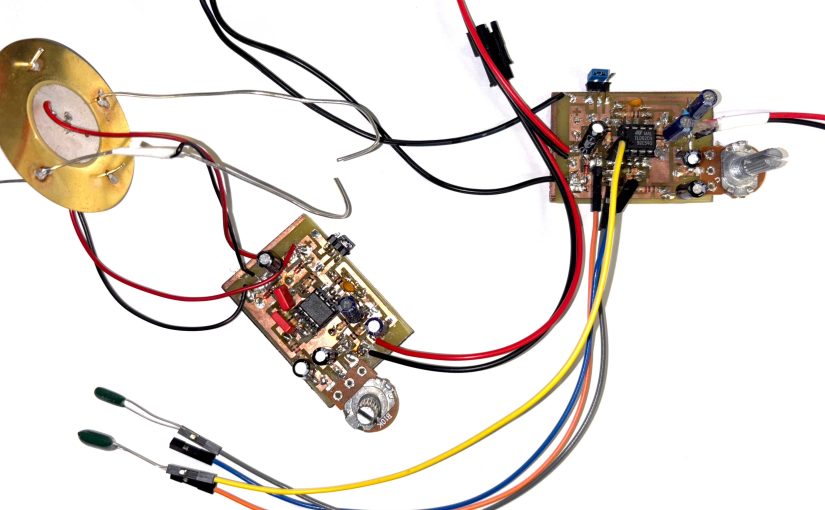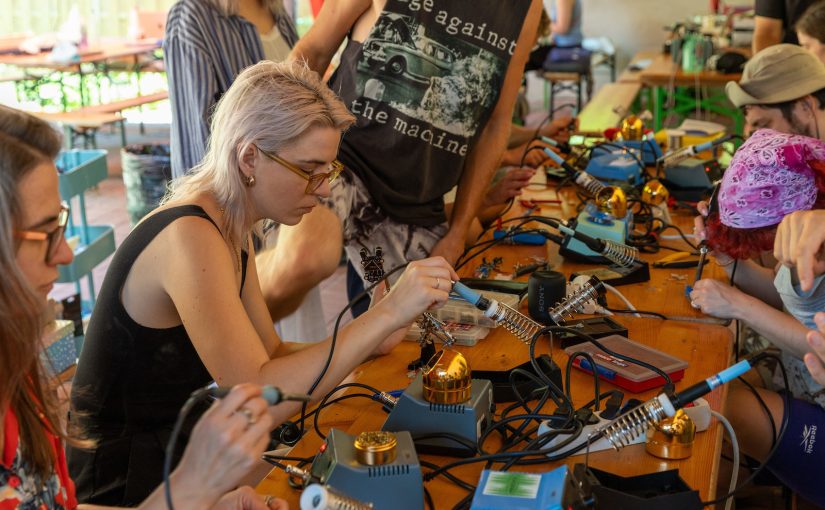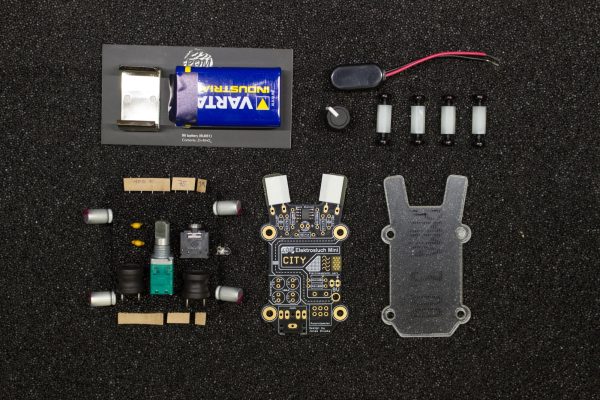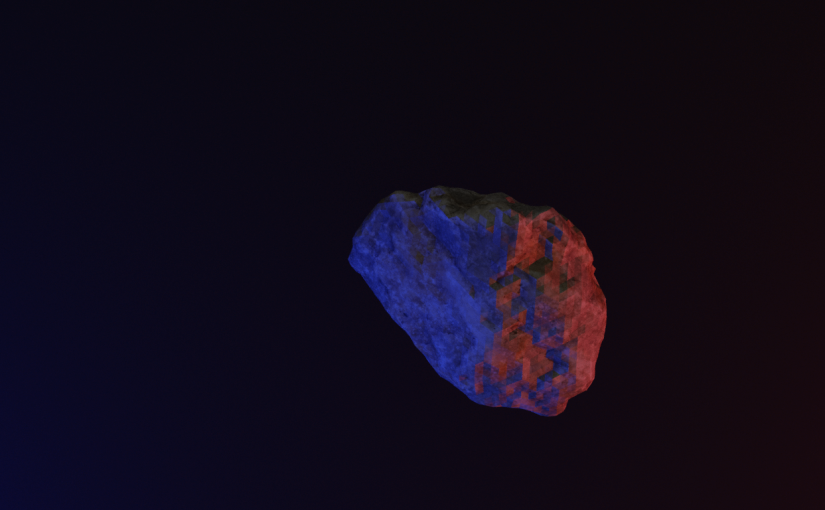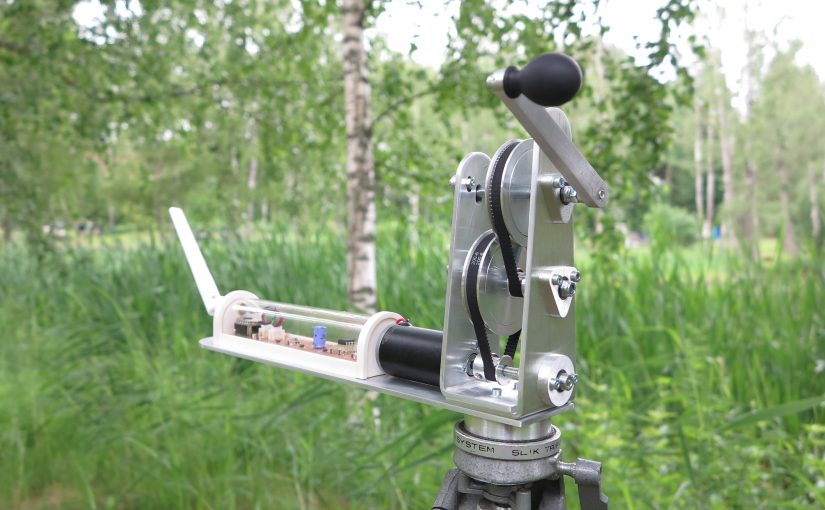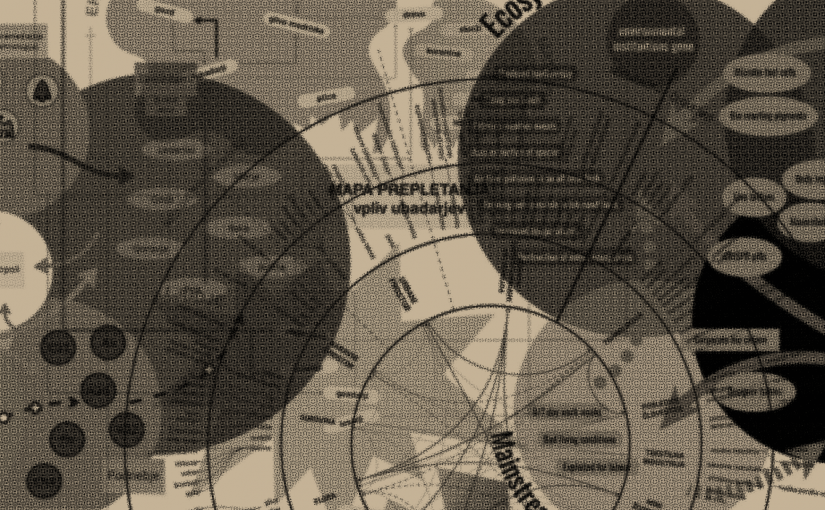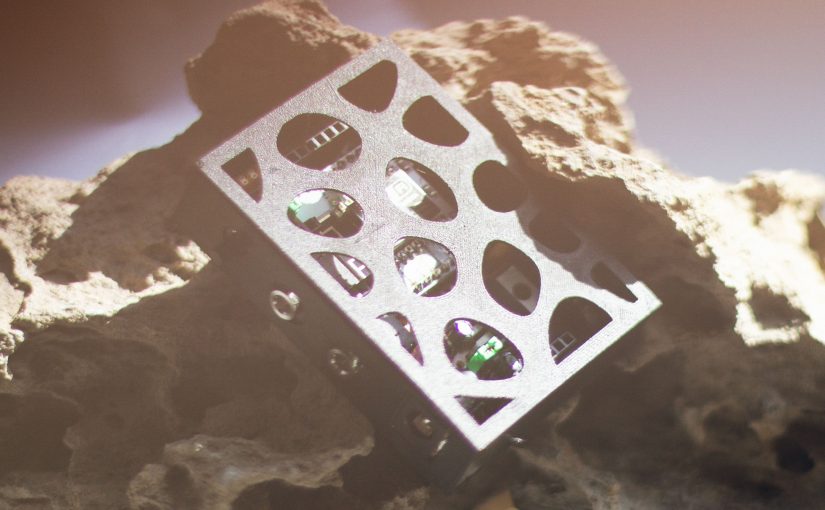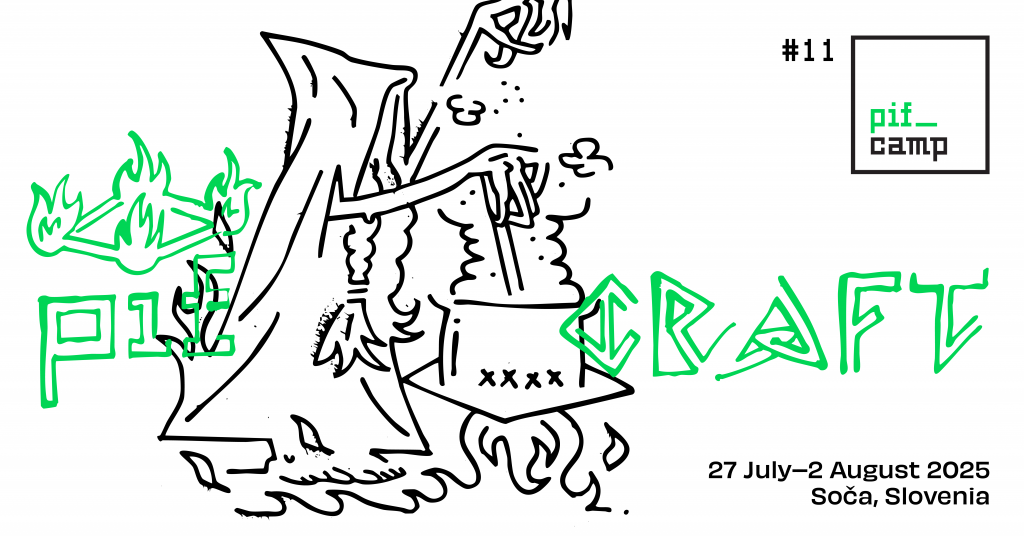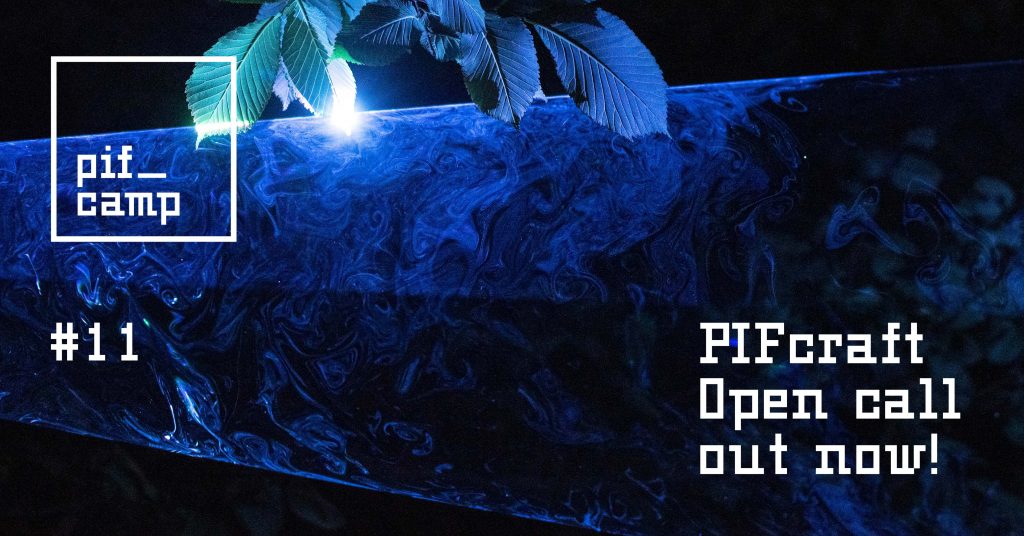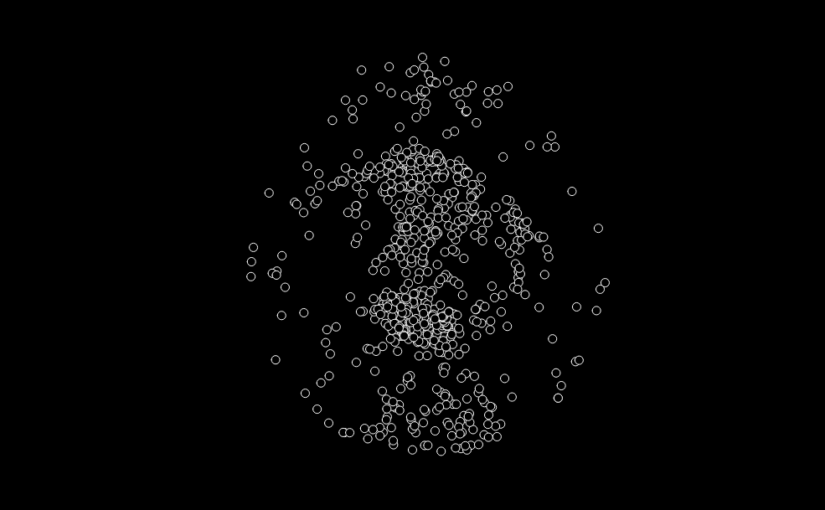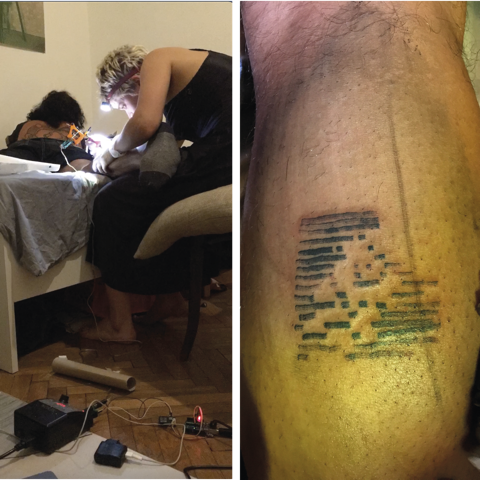Join Alevtina Senik for a beginner-friendly DIY electronics workshop exploring the creative possibilities of piezo elements. Participants will build a small preamp on an etched PCB, based on a Ralf Schreiber’s schematics. Along the way, they’ll delve into the basics of the piezoelectric effec its function and potential in artistic practice, while learning (or refreshing) soldering skills and experimenting with various capacitor values to hear how they affect the sound.
Everyone will leave with a fully functioning preamp board, ready for further sonic exploration, recording, or circuit-bending adventures. A great first step into the vast, swampy world of analog sound!
Alevtina Senik is a media artist currently based in Bremen, Germany. With a background in liberal arts and sciences, their practice is rooted in anthropological interests and expands through a growing engagement with technological systems, DIY practices, and material exploration (such as ceramics).
